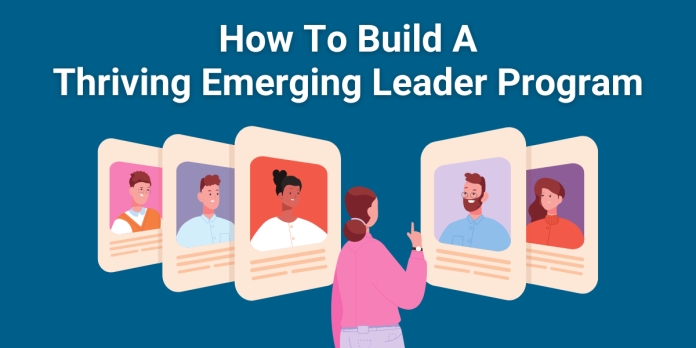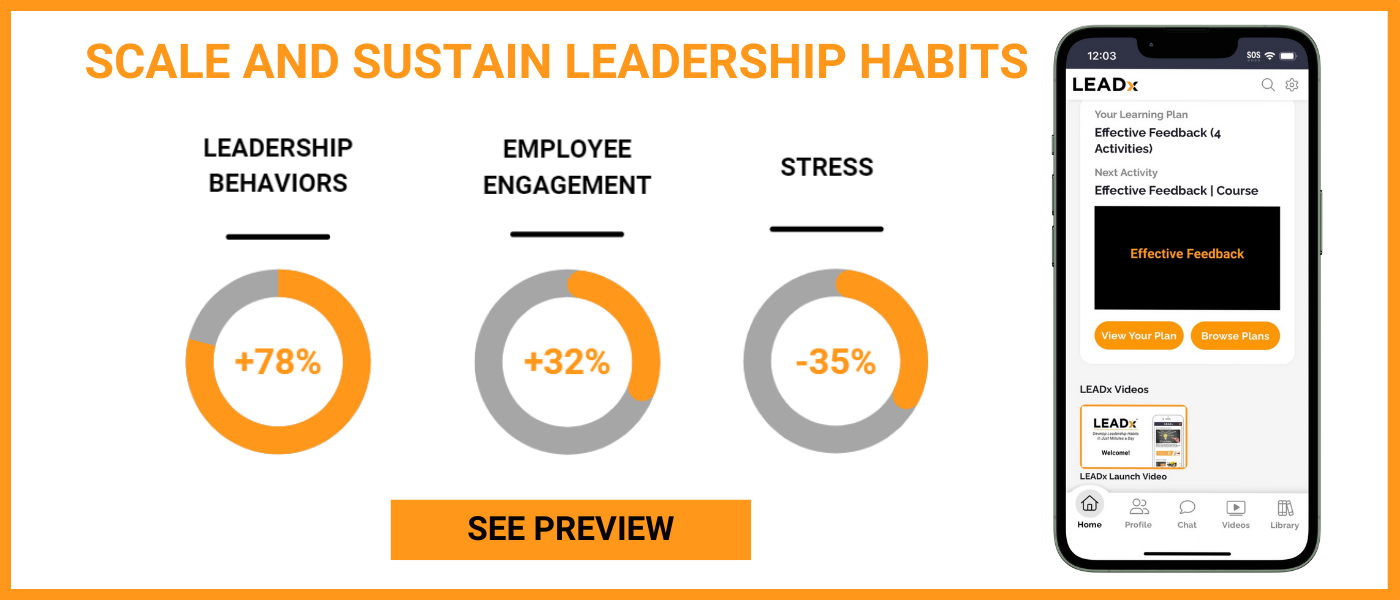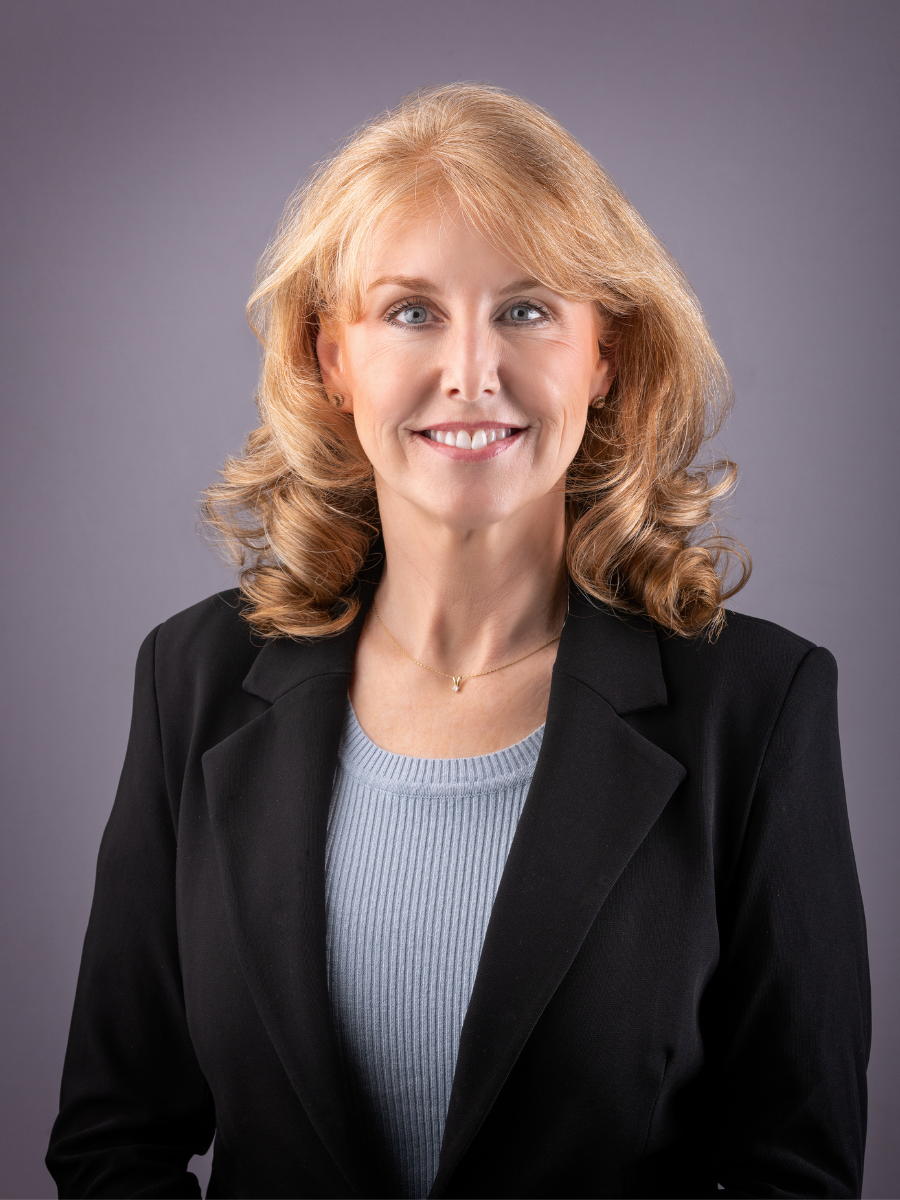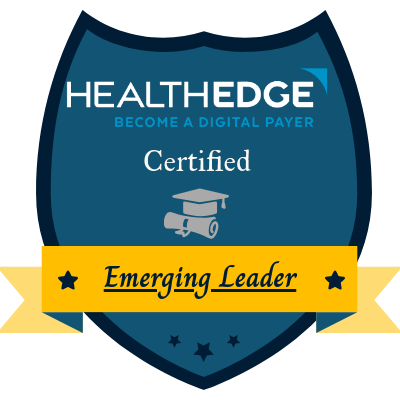
As leadership development expert Jack Zenger writes in his Harvard Business Review article, the average age of a new leader is 30. But, the average leader doesn’t get any formal leadership training until they’re 42. That means most leaders lead people for a full ten years before they get any formal training.
 The best and most proactive way to solve for this problem is to design and deliver an emerging leader program. That way, you can reach your leaders before they lead people.
The best and most proactive way to solve for this problem is to design and deliver an emerging leader program. That way, you can reach your leaders before they lead people.
For a master class in designing and delivering an emerging leader program, I had the chance to connect with Wendi Ellis, the Vice President of Talent and Learning at HealthEdge®—a SaaS company that delivers advanced automation and clinical engagement among healthcare payers, providers, and patients. Ellis covered everything from selection to content, measurement, and social learning.

Select For Commitment To Leadership Development
Audience selection is a common point of failure when it comes to designing an emerging leader program. Many leadership development teams will put too much money and time into nitpicky selection (for example, hiring an expensive I/O Psychologist to whittle your audience from 20 to 10 emerging leaders). Many others will fail to build out a cohort that’s truly prepared to step into a leadership position. Ellis struck just the right balance with her program.
HealthEdge runs cohorts of about 35 people through the program every six months. To be selected, you have to fit a handful of criteria, such as:
- Self-nomination via a brief application. This asks applicants questions like “What does emerging leadership mean to you?” “Can you commit the time needed for development?” and “Why do you want to be in this program?”
- With the organization for at least six months and meeting or exceeding expectations
- Willing to commit to the training time (3.5 hours per month for six months) and approval from your manager.
Then, the executive team of each department selects top candidates. They’ve had over 200 applicants for each cohort.
“Time commitment is an incredibly important factor for us,” Ellis emphasized. “We have a very high level of accountability and will remove people for non-participation.” In addition to checking in with managers to ensure participants can make enough time for training, they hold a call prior to the program outlining the work the program will entail. At the end of the call, they allow people to drop out of the program if they can’t handle the time commitment.
Support Those Who Aren't Selected, And Prepare Them To Be Selected Next
Another common problem with emerging leader programs is that those who aren’t selected become frustrated and disengaged. Ellis and her team were proactive about this problem. They created an entire learning path and career growth session for individual contributors who haven’t yet been selected. Those who go through this learning path and career growth session then become top-priority candidates for the next cohort. By including this offering for individual contributors, Ellis and her team have expanded the influence of leadership development to every employee.
Crafting a Six-Month Curriculum for Tomorrow's Leaders
HealthEdge’s six-month curriculum touches on six core topics for emerging leaders:
- Leading Self: Participants learn about emotional intelligence and take a predictive index (PI) assessment to explore their style of interaction and communication.
- Foundational Leadership: Participants also learn practical business skills, business acumen, and organizational acumen. “We feel like you need to have these foundational skills in order to understand what's happening in the business,” Ellis commented. “Our CFO comes and speaks on this topic, and it's one of our most popular sessions. People love to be able to understand the numbers, how we make our money, and things like that.”
- Remote Leadership: “We are a remote workforce. Skills like holding effective meetings, collaborating, and innovating all express themselves differently in a remote environment,” Ellis remarked.
- Critical Conversations: This is about giving and receiving feedback, as well as having tough conversations with team members, peers, and managers.
- Conflict and Influence: Especially as you move into leadership, conflict and influence skills become increasingly important with team members, peers, and cross-functionally with project managers.
- Emerging as a Leader: “In this last month, we set expectations in the organization of what it means to emerge as a leader. This last month is about how you’re going to be measured in terms of both performance and leadership competencies,” Ellis said.
For each monthly topic, a senior manager of L&D leads a highly interactive session. This includes a guest presentation from a leader in the business who is an expert on the topic.
Engaging Participants’ Managers
To keep participants engaged and motivated throughout the session, Ellis’s team is sure to involve their managers. For instance, they:
- Have the managers come to the kickoff call
- Have managers do a pre-assessment and post-assessment on the skills of their participant
- Give managers a summary of each live session and a series of questions for learners to ask their managers during one-on-ones
Measuring Impact: Retention, Promotion Rates, And Manager Effectiveness
Since the launch of the program in June of 2023, two cohorts have finished the program with a third to be completed in October 2024. Along the way, Ellis and her team have tracked some key metrics:
- Completion: 94% in the first cohort and 92% in the second.
- Retention of talent: 94%
- Promotion rate: 10% of the first cohort have already been promoted and 8% of the second cohort.
- Overall satisfaction with learning sessions for Cohort 1 4.5 and Cohort 2 is 4.6
The Power Of Social Learning: Mentorships and Peer Learning
Key to the success of HealthEdge’s emerging leader program is the use of social learning.
Mentorships: All participants are paired with a mentor for six months. “We purposely match people from different parts of the organization to create collaboration and connection,” Ellis said. “We set expectations that the mentee is to drive the conversation, come prepared, set up the meetings, and have specific questions and discussion points.”
Peer Learning Network on Teams: As participants go through each topic, they do a monthly e-learning. For each topic, participants follow a cadence of “learn, practice, reflect, and engage with someone else’s reflection.”
Pomp And Circumstance: Recognizing and Celebrating Success
HealthEdge holds an official graduation. “Our CEO comes and speaks, and then we give them the book Drive by Daniel Pink,” Ellis said. “We do a whole graduation ceremony with the song ‘Pomp & Circumstance.’ Participants’ managers are invited, and executive level leaders are invited. We have speakers come from across the business.” Ellis and her team also extend the celebration to company-wide meetings and award graduates a Credly digital badge. The graduation ceremony and celebrations help reinforce the value that the company places on leadership development. It also serves as a powerful internal marketing tool, helping them drive over 200 applications per cohort.

Emerging Leader Programs Have an Exponential Impact
There’s a saying that, “The best time to plant a tree was ten years ago, but the second-best time is now.” This couldn’t be more true when it comes to emerging leader programs. Emerging leader programs immediately save your organization on costs—you retain top talent and fill in empty first-line leader positions. And as time passes, your impact grows. You establish a growing pipeline of trained-up individual contributors ready to promote. You establish a large percentage of first-line leaders and above who went through your program. And you create a culture of leadership where leaders are engaging their team members and modeling key behaviors.






